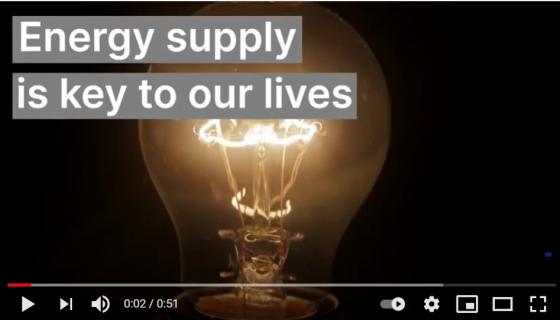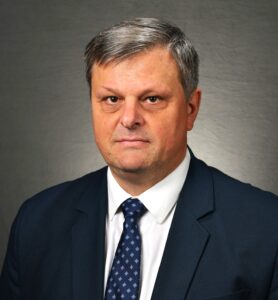About ACER
About ACER
The Agency

The European Union Agency for the Cooperation of Energy Regulators (ACER) was established in March 2011 (Third Energy Package legislation) to foster cooperation among the EU’s energy National Regulatory Authorities (NRAs) and help ensure that a single European market for electricity, and similarly natural gas, functions well. ACER's headquarters are in Ljubljana, Slovenia.
ACER is one of the EU decentralised agencies. Distinct from the EU institutions, agencies are set up as separate legal entities to perform specific technical and scientific tasks that help the EU institutions and Member States to implement policies and take decisions. EU agencies support the cooperation between the EU and national governments by pooling technical and specialist expertise. Besides working with a wide range of energy stakeholders, the EU institutions and policy makers, ACER works closely with other European agencies through the EU Agencies Network (EUAN). See the EUAN work programme 2023-2024.
ACER’s role includes:
- Supporting the integration of energy markets in the EU (by common rules at EU level).
- Contributing to efficient trans-European energy infrastructure, ensuring alignment with EU priorities.
- Monitoring energy markets so that they function well, deterring wholesale energy market manipulation and abusive behaviour.
- Where necessary, coordinating cross-national regulatory action.
About ACER
What does the Agency do for you?
Our overall purpose is achieving a transition of the European energy system in line with the political objectives set, reaping benefits of increased energy market integration across Europe, and securing low-carbon supply at least possible cost for European businesses and citizens.
The Agency promotes:
- a more competitive, integrated market, offering consumers more choice
- an efficient energy infrastructure and networks, enabling energy to move freely across borders, the integration of renewable sources, and therefore ensuring a higher degree of security of supply
- a monitored and transparent energy market guaranteeing consumers fair prices and a limitation of market abusive behaviours


